Here are five reasons the Orioles remain the surprise leaders of the AL East
Between an MVP candidate, a shutdown bullpen trio, surprise assets, an emergent ace and a shrewd manager, the O's are flying high

Part of what makes baseball fun is the near-annual surprise team -- the club that outpaces expectations deep into the summer, leaving us wondering a. whether they can keep it up through the fall, and b. how we undersold them in the spring.
For the most part, this season has missed that element. Almost all of the division leaders are who we expected them to be -- even the Indians, the closest thing to a feel-good team in the American League Central, were a trendy preseason pick due to their young arms.
There is an exception, however, and it's a big one: the Orioles.
The momentum of a bad winter combined with a horrible exhibition season pushed Buck Showalter's club down the wrong side of Prognosticators Hill. The Orioles finishing in last seemed like the surest thing in the American League East.
Yet the O's have flipped those expectations upside down: They've had at least a share of first place in the division on every day since June 5, and haven't been more than a game out since June 1. Friday night's loss included, the Orioles still entered the weekend with a one-game lead over their rivals in Boston and Toronto.
Of course, it's one thing to document what the Orioles are doing, it's another to explain how they're doing it. Consider that the Fightin' Showalters have J.J. Hardy, Caleb Joseph, Darren O'Day, and Vance Worley on the disabled list; that Yovani Gallardo (also on the DL) and Ubaldo Jimenez each have ERA exceeding 7.00; that Adam Jones is on pace for his worst OPS+ since he was 22 (he's 30); and that their defense is one of the worst in the majors. Take all of that together and you can't help but ask: just how are the Orioles in first place?
Let's take a look at a few reasons why.
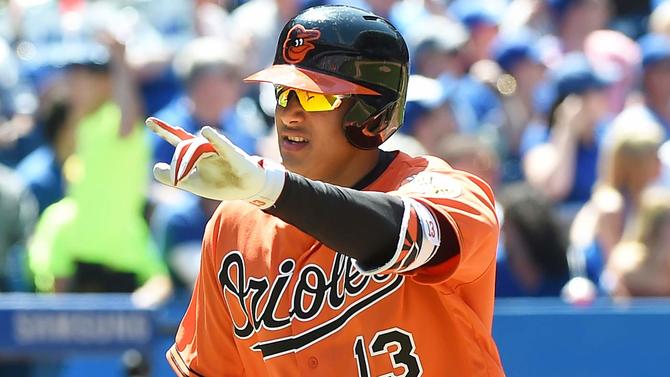
You can make the argument that Machado would be the odds-on favorite to win the MVP were it not for Mike Trout (and, if you're big into using team results to determine individual awards, you might make the case that Machado is the MVP regardless). He has the ninth-best OPS+ in baseball, and has posted those marks while sliding from third base to shortstop to cover for the Hardy injury, thus giving him an edge over Josh Donaldson.
What's more is Machado is weeks away from turning 24 years old. He's no longer one of the best young players in baseball, he's now one of the best players period -- and he's the key to Baltimore's continued success.
2. An elite bullpen trio
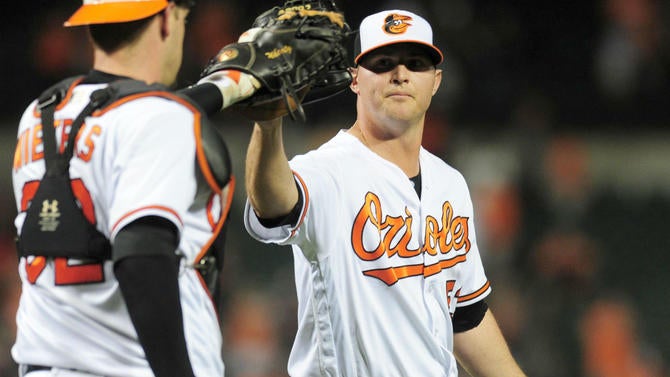
The 2014-15 Royals receive a lot of credit for covering their weak rotations with strong bullpens. But the Orioles had been hip to that strategy since back when Wade Davis was a mediocre starter. Baltimore's current end-game trio -- Zach Britton, Mychal Givens, and Brad Brach -- have combined for a 1.71 ERA this season, and are part of the reason the O's have won nearly 90 percent of the games they've led in after six innings. The trio's overall marks aren't as impressive as Baltimore's peers in New York, but those three guys are nonetheless significant members of a pitching staff that lacks depth.
3. Seeming mistakes turned assets
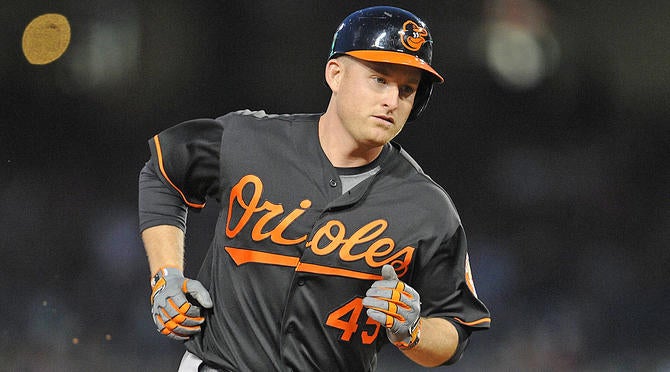
At some point or another, the Orioles' decisions to add Mark Trumbo and Hyun Soo Kim were each questioned. Trumbo looked like an awkward, overpriced fit after Chris Davis re-signed, and Baltimore reportedly valued Kim so much that it considered shipping him to the minors or to Korea during spring training. Yet both have turned in impressive performances.
Once a perennial non-tender candidate, Trumbo is now leading the AL in home runs and seems like a candidate to receive the qualifying offer after the season. Kim, meanwhile, has excelled with his contact and on-base skills, and has formed a surprisingly productive left-field platoon with Nolan Reimold. Not bad for a pair of moves the Orioles might've requested a mulligan on three months ago.
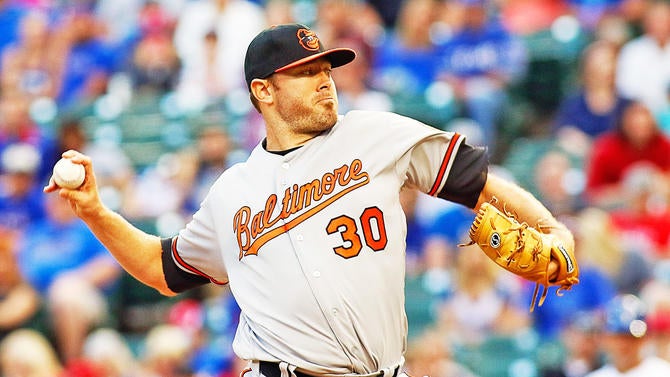
Tillman isn't your typical front-of-the-rotation stud, but he deserves an acknowledgment. He's done a swell job putting a rough 2015 behind him, to the extent that he currently has the best ERA, FIP, and strikeout rate of his career. (His 9-1 won-lost record is candy to old-timers' eyes, too.)
Tillman's success is owed in part to an altered approach: he's throwing more sinkers and cutters in place of his four-seamer. That change seems to be paying off, since he leads the O's in innings per start and quality start percentage. Tillman is by no means Clayton Kershaw, but he's the most predictable member of an O's rotation that's light on sure things, and that counts for something.
5. Buck Showalter
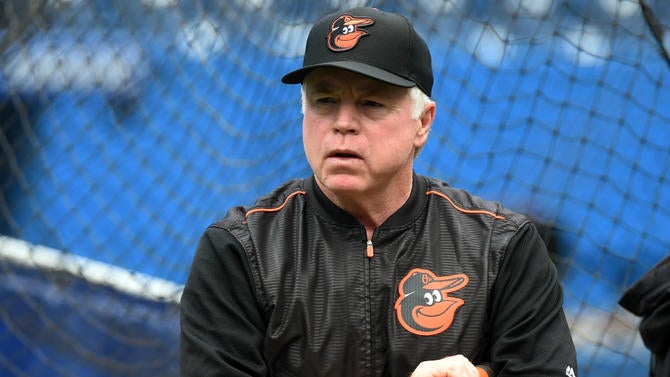
Admittedly, this is more speculative than the other reasons listed. Still, Showalter has consistently gotten the most from Baltimore rosters that underwhelm on paper -- put another way, he's made good-tasting macaroni and cheese even though he's been forced to use water instead of milk.
This year has been no exception, as Showalter has showed a deft hand in juggling platoons, overcoming injuries, and hand-waving off a rough offseason and spring. The Orioles have been a few wins lucky, according to their run differential, but the rule of thumb is that a good manager can help squeeze out an extra win here and there. Showalter seems like a good manager.

















